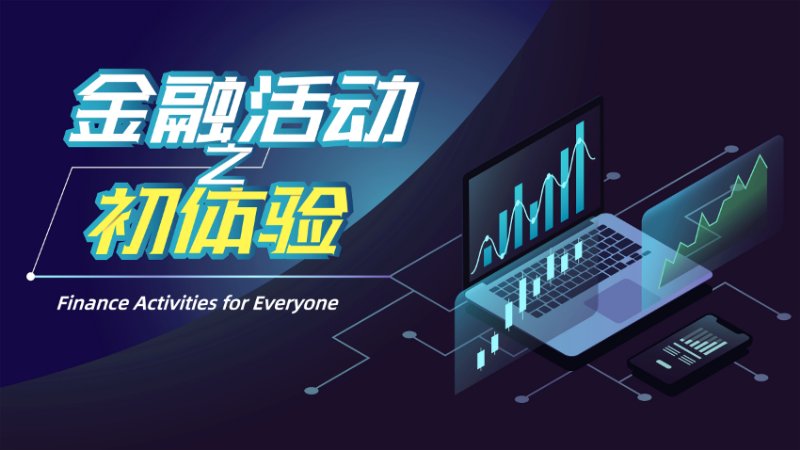
当前课程知识点:Science-based Food Safety Supervision > Chapter 16 New Challenges and Strategies > Discussion questions- new challenges for food safety supervision > Chapter 16 New Challenges for Food Safety by Dr. Tang
返回《Science-based Food Safety Supervision》慕课在线视频课程列表
Chapter 16 New Challenges for Food Safety by Tang
Hello, Ladies and Gentlemen. Thank you for this lecture. In the previous lectures, we have already talked about the hazards, concept of food safety, some of hazards and analytical methods for the hazards, and also how to control these hazards for Food Safety Supervision. In today`s lecture, or the final lecture for this course, we will talk about the New Challenges for our Food Safety Supervision. That means what are the challenges for our future.
Here I listed some of the situation or trends in our China or even in the world. The first one is we have currently huge food production. In the last year in China, the food production reaches how much RMB. There are so many so many so many zeros, here I count how many zeros. Anyway last year it reached the food production in China,113,400,000,000,000 RMB. This is really, really huge data.
Also we have huge population and also the huge population migration. So how much population in China. It is one point four billion. And this population more and more do the free migration domestically and internationally, because of globalization, and also because of urbanization in China. So many so much population migration, of course huge food demanding and huge different food demanding for the different people.
Another challenge is the huge change of food eating style. Now the life style for our human also is changing in modern society. For example, more and more people are going outside for eating. And also eating not only in one place, actually many places we can see eating everywhere or everything. And different people and different places have different nutritional requirements, so the nutrients from the different food resource. Therefore, the nutritional needed or different nutrition also challenged us eating and very rare, not very familiar food.
And another challenge is the huge emerging food safety incidents. For example, some of incidents we have never heard about. For example BSE in UK 1998, dioxin 2000 in Belgium, and also Sudan Red I incident happened in China in 2005, melamine in 2008 in China and also now GMO food in the whole world. So those are also never heard in the past in the history.
And hazards not only emerging these one. The traditional also is continue, actually is becoming more and more. We also have huge hazards sources. For example, physical one, biological one, and chemical one, even the hazards from the process, for example we talked about acrylamide from the chips. And also emerges we have never heard about in the history. And also internationally intentional adulteration. That means by the human made hazards. Those are also a huge challenges.
The another one is from modern technology for making new food. For example, in the recent years, we already heard about or it is also reported the that we can have eggs which is not produced by the hen. Actually produced by the laboratory. This is called artificial egg. This is a real egg. But it is not from the hen. But in the history, we have never heard about it. We also heard the report that we will have cow free milk. That means in the future we have milk from the laboratory without from the cow. We also possibly have meat not from animal, only from laboratory. So this is real meat, but it is not from animal itself. So those are the new technology to make new food which is called novel food. And last year, there is another news which was told that the fish Salmon fish in Canada and produced can be eating, approved by the FDA in November last year. That means in the future the Salmon fish produced by the GMO technologies can be official or be legally served in your table.
There is also another challenge to us by the food produced chain or food production chain. Actually it is compared to history, it is more and more complicated. For example, the meat industry. In the past, we only have one, two, three, four, five, five steps. But now for the meat industry, that means just in order to have more meat products, we would have ten steps or ten processes. So that means the chains is longer, longer, longer. If the chain is longer, that means more and more people are involved. More and more people involved, that means the more potential dangerous to be and to happen for the food safety issue. Food safety, food if safe or not, depends on food behavior and also depend on human behavior.
So in summary, new challenges for our food safety as many and many become more and more. And conventional ignored hazards, for example zoonoses is still exist. But new one would be happen and in the future. For example, terrorism used hazards. For example, used wild plant toxin or wild animal toxin to our food. Some of super invisible ignored hazards. Some new technology also bring their hazards, but we will normally ignored. So many hazard, we did not know in the past or always ignored. And in particularly new environmental ignored hazards would happen. For example, more and more antibiotics, new chemical drug or pesticides which we do not know what would be in our food. So we want to make our food safety. We want to make our food safe. We also want to make food nutritional. We have food enjoyable. We also want food low price. In these requirements, how to make food safe. And also new challenges, more and more challenges into food product chain or food process chains.
So what the solution for that. For food safety, we have to work together to make the solution to do that. Anyway, the food safety is never ending. So that means from the challenges. So today we have hazards, but in the future, we will have new hazards. So food safety is never ending issue. Risk preparation and prediction are essential. We have to do the risk assessment for the challenge particularly. No food is zero risk.
We may said food is safe, bur tomorrow may be not perfect safe. So we should therefore understand hazards based on our science. Only if we understand the science for our food safety, we can manage our food safety effectively. We can supervise our food safety management. We can do more good service for our safety issue.
So this is a lecture for today. I have three questions for this one. First one, what are visible, invisible and super invisible hazards? Please think about this. The second one is what are the main challenges to be faced? Today we talked about some of them may be not limited of these. We also have to think it. So the third question how to prevent food safety“black swan” incident for our future?
Thank you for today`s lecture.
返回《Science-based Food Safety Supervision》慕课在线视频列表
-Chapter 1 Course Introduction by Dr Tang
-Discussion questions-case study
-Chapter 2 Food and Food Requirements by Dr. Tang
-Multiple choice questions- choose one from four to five
-Chapter 3 Food Safety and Food Defense by Dr. Tang
-Multiple choice questions- choose one from four to five
-Chapter 4 Hazards from Emerging Pathogens By Dr. Nimal Pathiraja
-Multiple choice questions -choose one from four to six
-Chapter 5 Zoonoses By Dr. Nimal Pathiraja
-Topic discussion-zoonose and animal drug residues
-Chapter 6 Pesticides and Residues by Dr. William Riley
-True or false questions
-Chapter 7 Mycotoxins by Dr. William Riley
-True or false questions
-Chapter 8 Biofilm and Food Safety by Dr. Tang
-Multiple choice questions-choose one from four to six
-Chapter 9 Processing -Induced Hazard-Acrylmide by Dr. Tang
-True or false questions
-Chapter 10 Oxidative Hazards- MDA by Dr. Tang
-Topic discussion-oxidative hazards in meat products
-Chapter 11 Traditional Detection Methods for Food Safety by Dr. Jerry Teng
-Multiple choice questions -choose one from four
-Chapter 12 Contemporary Detection Method-Biosensor for Food Safety by Dr. Jerry Teng
-True or false questions
-Chapter 13 FATTOM and Hurdle Technology for Food Safety Control by Dr. Tang
-Multiple choice questions-choose one from four to five
-Chapter 14 Food Poisoning and Emergency Response by Dr. Nimal Pathiraja
-Multiple choice questions-choose one from four to six
-Chapter 15 Food Safety Traceability by Dr. Nimal Pathiraja
-Multiple choice questions-choose one from four to five.
-Chapter 16 New Challenges for Food Safety by Dr. Tang
-Discussion questions- new challenges for food safety supervision

